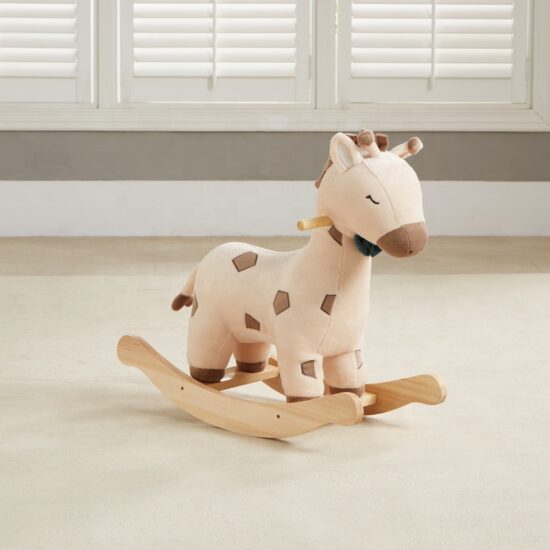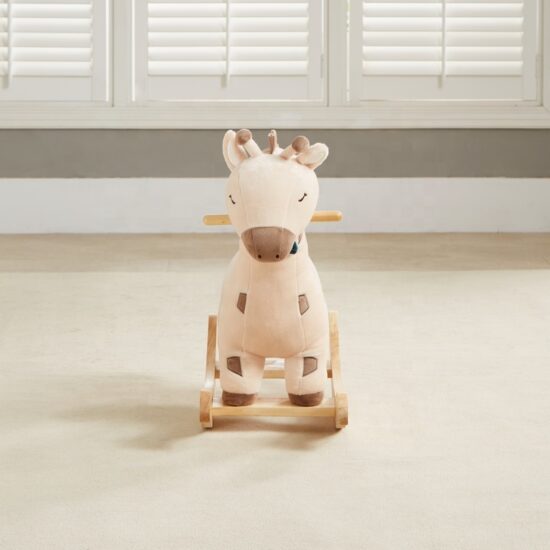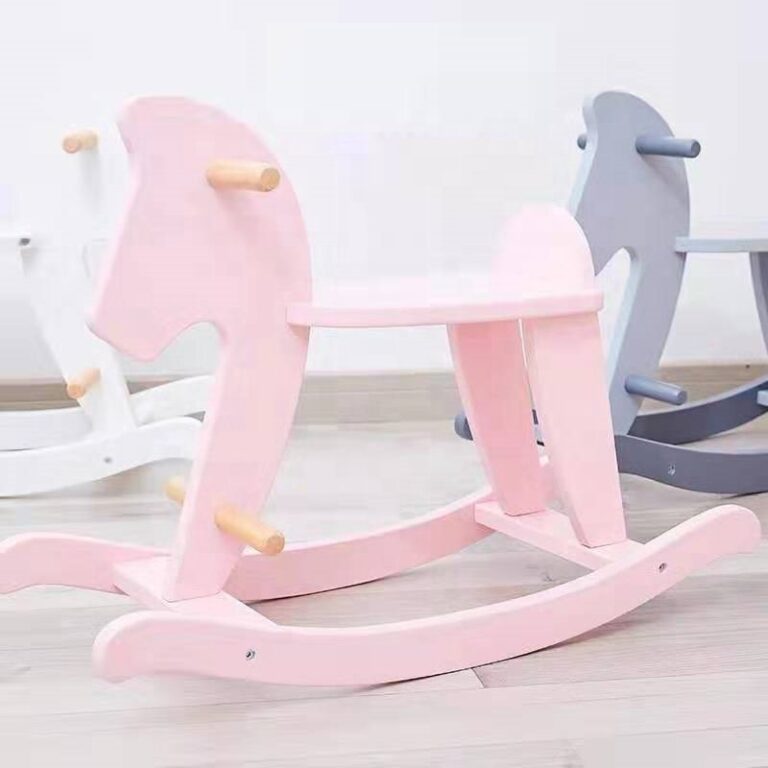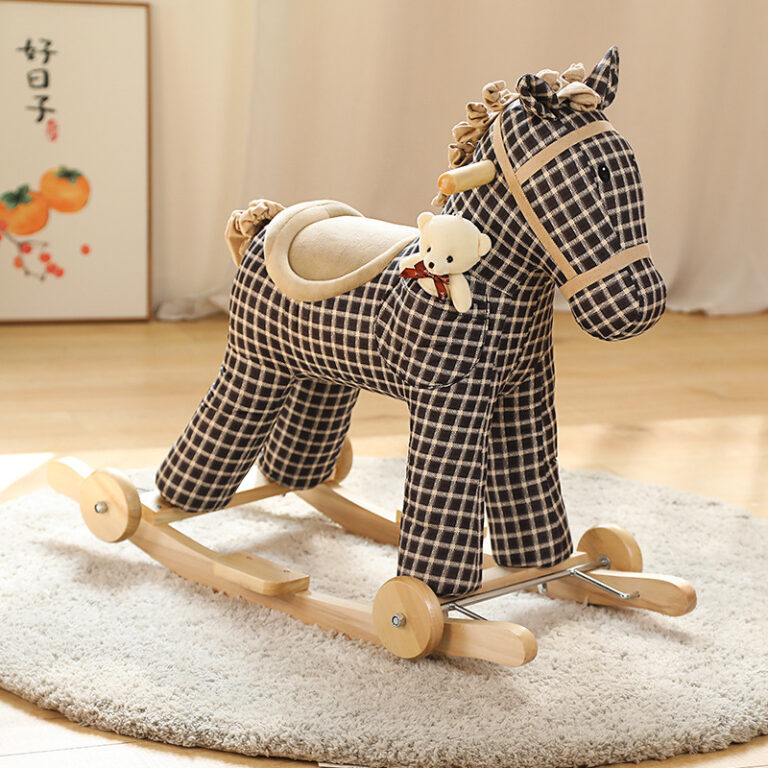jay@nbdho.com
How Educational Philosophies Are Driving the Wooden Toy Revolution
The global wooden toy market is experiencing unprecedented growth, with a particular surge in educational wooden toys. This trend is being largely driven by the increasing popularity of alternative learning methods that emphasize hands-on, sensory experiences. Let’s examine how these educational philosophies are reshaping toy preferences:
1. Montessori Method: Learning Through Exploration
-
Focuses on self-directed activity and hands-on learning
-
Wooden toys like stacking blocks, shape sorters and puzzles perfectly align with Montessori principles
-
Encourages development of fine motor skills and problem-solving abilities
-
Accounts for 32% of educational toy sales in North America (2023 Toy Industry Report)
2. Waldorf Education: Nurturing Creativity
-
Emphasizes imaginative play and natural materials
-
Simple wooden toys like dolls, animals and building sets stimulate creativity
-
Growing popularity has increased Waldorf-inspired toy sales by 45% since 2020
3. STEM Learning Through Play
-
Wooden construction sets and engineering toys teach basic STEM concepts
-
Develop spatial reasoning and early math skills
-
STEM-focused wooden toys now represent 28% of the educational toy market
Why Parents and Educators Prefer Wooden Educational Toys:
✓ Promote longer attention spans than electronic toys
✓ Encourage social interaction and cooperative play
✓ Safe, non-toxic materials for young children
✓ Environmentally sustainable choice
Market Impact:
The global educational toy market is projected to reach $68 billion by 2027, with wooden toys capturing an increasing share. Manufacturers are responding with innovative designs that combine traditional craftsmanship with modern learning objectives.
Future Trends:
-
Growing demand for “open-ended” wooden toys that grow with children
-
Increased incorporation of technology (like AR) with wooden bases
-
Expansion in emerging markets as alternative education gains traction





